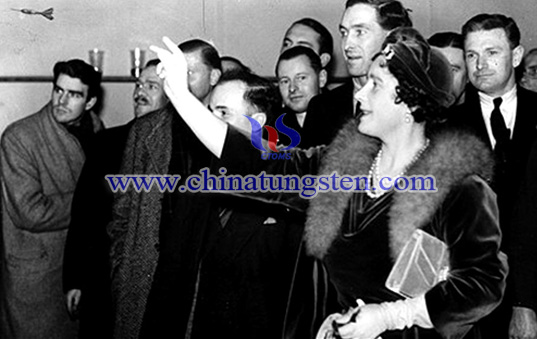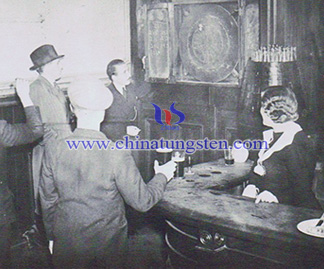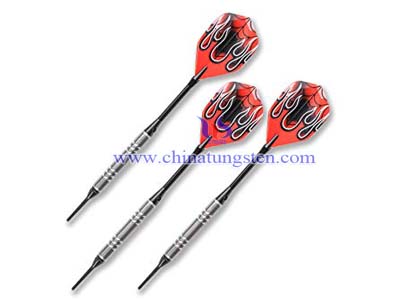No one knows for sure when the dart history first came into being. One theory is that soldiers who grew bored during the lulls between battles wanted something to do, so during this downtime the soldiers would throw short spears or arrows at the end of upturned wine barrels. As the game evolved over time, designated targets would be placed on the board, the cork on the wine barrel being the bull's-eye for instance; and the bull's-eye is still called the cork darts historyup to this day. This eventually led to the use of tree slices being used as boards. The rings in the tree made for perfect scoring and targets. As these tree rings started to crack over time, this further split the board into more sections and is believed to be how the spider on modern dartboards came into being. As winter came along the game evolved into a more indoor friendly game; this is when shorter darts and standard rules were adopted.
For the American readers out there, it is said that dart history came to the new world on the Mayflower. Darts in America didn't really become popular until the late nineteenth century when immigrants from England came over and brought the game with them. In fact the game of darts that we know today originated in English pubs hundreds of years ago and is still called English darts by many when referring to the modern day game of darts.
Around the end of the nineteenth century, the dart history really became what we know of it today. The barrel of the dart was usually a piece of wood around four inches long with a metal point on one end and the flights were made of feathers. The paper flight was patented in 1898 by an American and the metal barrel was patented in 1906 by an Englishman. It was also during this time dart history that the numbering system on the boards was created and gained acceptance. The throwing distance also became standardized during dart history. There was a brewery named Hockey and Sons who supplied beer to much of the Southwest of England. The length of three Hockey and Sons kegs placed end to end became the standard throwing distance. This is generally believed to be where the phrase "toeing the hockey" comes from.
Dart history was also during this time that the game really started to gain in popularity, especially in pubs. There is a fun story that happened in 1908. At this time, in England, games of chance were illegal and a pub owner in Leeds was brought into court for allowing darts to be played there because it was believed to be a game of chance. If the legend is true, when the pub owner appeared in court he brought along a dartboard and some darts. He then asked one of the officers of the court to name a number on the board, the officer obliged and the pub owner then hit that number with three darts. The pub owner then challenged anyone in the court to do the same. A court clerk attempted and failed and the judge immediately dismissed the case because it was obviously a game of skill and not of chance.
As the dart history grew more popular, more pub owners put up dartboards and the game continued to spread and gain in popularity. Naturally, as more and more people played, they started to form leagues and organizations. The very first organization was formed in 1924 in England. An English newspaper started sponsoring local competitions which later grew into regional competitions and then national tournaments. At one point the game grew so popular that the Scottish government tried to ban the game in pubs, saying that it encouraged bad habits. The public didn't stand for it and the ban never took place.
Dart history continued to grow in popularity in the twentieth century. Annual tournaments were held in England sponsored by the News of the World newspaper; these tournaments really helped to boost the popularity of the game and these tournaments ran from 1947 to 1990. During this time the game was also growing in popularity in Great Britain and in America. In the mid-seventies darts had become so popular in Great Britain that the tournaments were being televised. With this kind of publicity the game was turning into a serious sport with professional players. This led to more players and larger prizes at the tournaments. This huge growth of popularity led to the creation of major national organizations who governed the tournaments, promoted the sport, and attracted more sponsors. The first of these organizations was the British Darts Organization which was founded in 1973. The American Darts Organization followed in 1975, as well as dozens of other countries. There is also the World Dart Federation (WDF) which almost all the national darts organizations belong to; the WDF was formed in 1976 and is considered the official governing body for the sport of darts.
Technology hasn't ignored the game either. Today we have electronic dartboards which can keep score automatically for you, have dozens of games built into them, electronic scoreboards, and some of the boards will even talk to you. These technologic advancements have only furthered the popularity of the sport making the game much more accessible.





